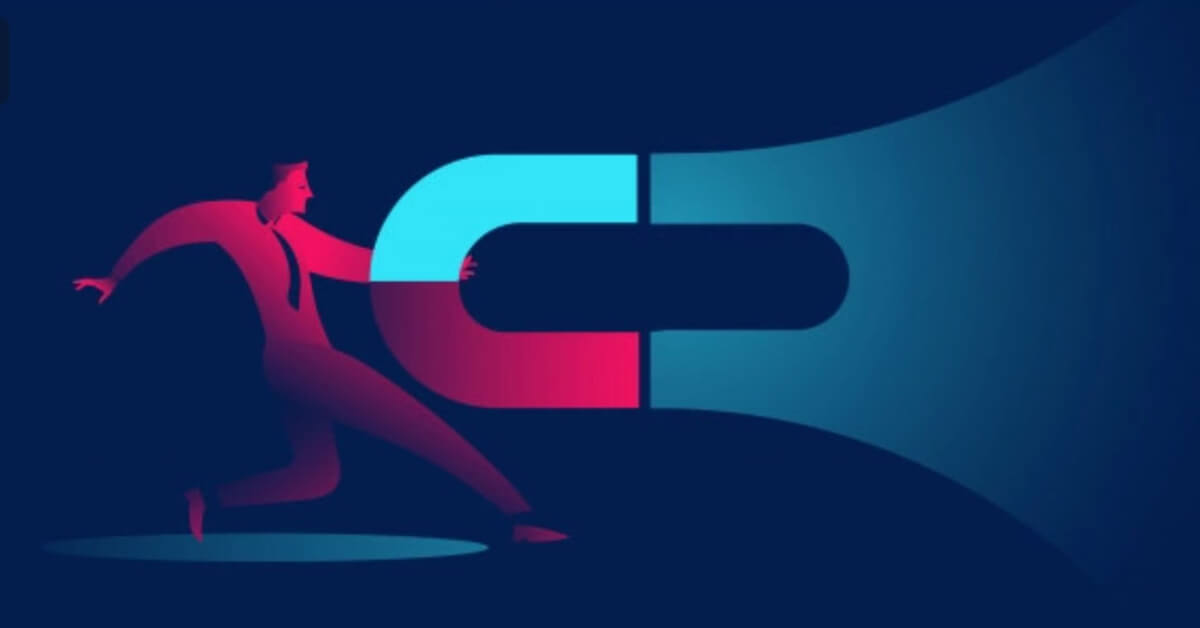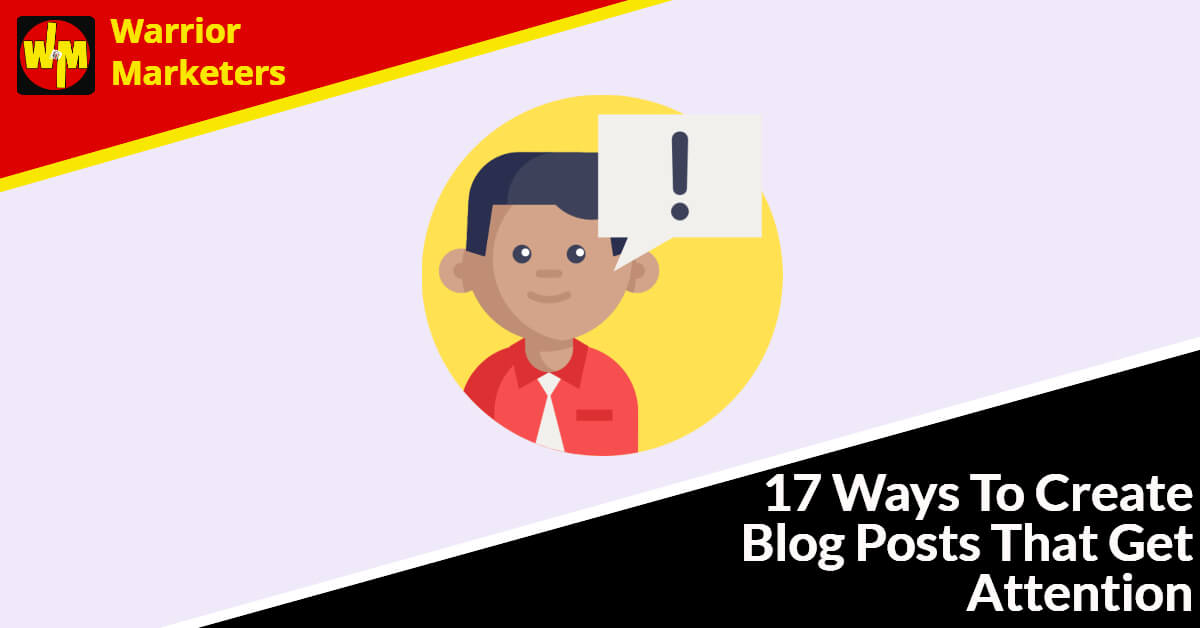How To Develop A Sales Funnel That Converts


Many new marketers come online to start their own business and can’t seem to put all of the pieces together. They have bits of knowledge about things like lead magnets and upsells, but how and when everything takes place in an orderly fashion hasn’t been laid out for them.
If this scenario describes you, or if you’d simply like a better overview of how a customer goes from that initial click-through and on through your entire marketing funnel, the sections below will paint a better picture for you.
It’s important to know that you have the ability to tailor this system to whatever best helps your customers.
You can pick and choose which elements you want to use, such as multiple one time offers or downsells, and make sure it resembles something you feel will convert best for you.
As you can see, there are a number of sales funnel stages that you can use but start simple and build it up further as you go. Funnel building should be fun, not daunting, so start with a minimum viable funnel and adjust from there; the key is to take action.
Getting The Click-Through To A Strategic Landing Page

There are millions of consumers online waiting to be presented with the right opportunities for improving their lives. As an online marketer, you can position yourself as the leader people turn to for niche information and guidance.
One of the biggest problems in getting the click-through to your strategic landing page is that most people simply forget to link to it. Instead, they are focused on getting the content out and the engagement that comes from it, and they simply forget to include the link.
Before you ever begin putting content on the Internet to build a list and get people into your digital marketing funnel, you need to work on building the type of landing page consumers will respond to.
This should not be as long as a full sales letter, but should still have compelling headlines, bulletpoints, and an offer they can’t refuse. Once your landing page is created to build a list, you will want to generate content that puts people into your funnel at that point.
Most uninformed marketers are focused on making money, so when they link out, it’s often directly to a product for people to buy. That’s short term thinking. You want to think long-term, and a funnel is how you do that.
Instead of linking to products and earning commissions or sales, you want to link to the landing page and put people on your email autoresponder list so that you can market to them for years to come.
The content you generate can be placed strategically on your blog. This is where your opt in forms can reside in the sidebar as well as beneath each blog post to get people onto your list.
You can direct readers of each post to sign up at your landing page or in one of the forms they see there. Another place you can generate a click-through to your landing page is on social media platforms.
This includes sites like Facebook, Instagram, TikTok, Pinterest, and YouTube. On some of these sites and apps, you’re only allowed one link in your bio.
Instead of sending people to your products that you were reviewing or a blog post that you wrote, simply send them directly to your landing page where an amazing freebie will be waiting for them in exchange for their contact information.
Lead Magnets That Get People On Your List

When it comes to getting people into your funnel, there’s only one way to do that. You must have an amazing and enticing offer. The fact that a lead magnet is a free gift makes it somewhat easier for people to slip into your funnel.
However, keep in mind that people are very protective over their contact information. No one wants to give their name and email address to someone who may or may not turn out to be a spammer.
There are many unethical marketers who will sell their information to others and cause them a lot of headaches. So, what kind of lead magnet can you offer that will ensure people feel very little hesitation in exchanging their details for the gift?
You must make sure more than anything that it is relevant to the niche you are leading. Just because you have a free PLR report about survival skills doesn’t mean anyone who is looking to lose weight will want that information.
It must be closely related to the topic your site is built around. It can’t just be in the same niche, either. If your site is all about the keto diet, you would be shooting yourself in the foot to offer a lead magnet about calorie counting instead.
Besides keeping the lead magnet topic relevant and closely related to your niche topic, you also want to make sure the customer feels they are getting an amazing value from you.
Just because the gift is free, doesn’t mean you should skimp on the quality. In fact, this is your chance to make a first impression. It’s imperative that you wow the customer and shock them that you are willing to hand over so much great information.
You want them to walk away with their download feeling grateful and strong in their decision to allow you to contact them in the future. You can create a lead magnet that is a short report, a full eBook, or even a video course.
Using Email Autoresponders To Grow Your Success

The customer has now opted into your list. This is where they begin the slippery slope through your funnel. It’s key that you understand how to navigate the email process so that you not only keep them on your list but convert them into paying customers as well.
One of the first things you may want to do is over deliver with the freebie gift they signed up for. Not only should the original gift be amazing, but you can surprise them with an additional gift or two that they weren’t expecting.
From there, you can contact your subscribers on a regular basis. Only you can determine how much or how little that should be. Some subscribers will never be happy with your decision.
And some will become your most loyal and dedicated followers. There will be those who complain if you email once per week and those who complain if you miss a single day of the week because they can’t get enough.
The key is to find a system that works right for you. That might be daily, and it might be a few times a week. Test the waters to see how your list responds. If you end up getting too many unsubscribes, that may be a sign that you need to either change the message in your emails or the frequency with which they go out.
You will be able to email your subscribers using a follow up system, which automatically drips content out to them on a schedule that you devise. Or you can simply send out broadcast emails whenever you feel like it that future subscribers will not have access to.
As for what types of content should go in your emails, you want to mix that up a bit. Your subscribers are there to receive helpful tips and advice first and foremost. So, you definitely want to include a non-monetized portion of the content – either periodically or in every email.
At the same time, you’re in this career partially if not fully to earn money. So, it would be foolish not to monetize the emails you send out. Once you’re ready, begin adding recommendations for products using an affiliate link.
You also want to create your own info products and begin sharing these with your subscribers. You can even give your list a better deal than others will get if you want to create a coupon or special page for them.
So, what kind of offers will you have that are sure to convince people to spend money, as opposed to simply downloading a freebie you offered them in the very beginning? You have some options.
Planning Your Front Ends, Oto’s And Downsells

The person who subscribed to your email list has already shown interest in what you have to say. Now is the time to strike while the iron is hot. You need to present them with an offer for a paid product that will present several options to them that have the potential to maximize your revenue.
You want to start with a front end product. This is the no brainer product that is priced very attractively for the consumers. It should be something that is in demand within your niche and not so overwhelming that it requires a higher price tag.
Usually, front end products are smaller and less expensive. For example, instead of selling a soup to nuts affiliate marketing course priced at $97, you might sell a $7 report on how to write a product review.
This is a cheap enough price point that it won’t present many obstacles to most of your subscribers. They will be willing to pull the trigger on the offer without hesitation. Once you have your front end created, you need to decide whether or not you will have any upsells, and if so, how many.
You will find two different schools of thought about product funnels. The first group of people believe all upgrade options are annoying and should not be presented to the customer.
The second group understands the value and importance of continuing to give a customer who was already in a buying mindset, the opportunity to add onto their cart. There are many consumers who will appreciate the opportunity to continue to get good deals on products that are related to their original purchase.
Your funnel should usually level up in pricing with every upgrade option. For example, if your front end product is a short report about writing an affiliate marketing review, your first upgrade could be a full course that teaches everything about affiliate marketing.
Your third upgrade might be a service that you provide to set up an affiliate marketing blog on their domain for $97. At any point in the funnel, the consumer can choose to decline the upgrade option.
If they purchase it, they will continue to see as many upgrades as you put in the funnel. But if they decline, you have the option to kick them out of the funnel to the download page or present what’s known as a downsell to them.
The downsell is when you offer something of a lesser value. This could be a completely different item, or it could be one of your upgrades that has certain elements extracted from it so that they don’t get everything that was in the original upgrade option.
For instance, if one of your upgrade options included 35 PLR articles and 10 product reviews for $27, then if they declined, you’re downsell might be just the 10 product reviews for $7.
You’re not making as much money as you would if they had accepted the original upgrade, but you are still adding on to the sale in its entirety. You’re giving them the option to buy a little less.
Once they have proven themselves to be paying customers, you will have the opportunity to create a follow up campaign that converts well for you. This is where the long-term income begins to materialize.
Crafting A Follow-Up Campaign That Converts

One of the most important parts of your funnel overall is your ability to cater to your subscribers again and again. This is where long-term earnings begin to mount and provide a stable income for you.
Instead of merely experiencing one time sales, you will be able to meet the needs of your subscribers and be the go to person whose recommendations they can’t pass up.
When you create your follow up email campaign, you want to make sure that you are only recommending the very best products for your audience.
Don’t spam them with too many offers from vendors or brands that fail to live up to their standards. You will lose their trust and their contact details quickly if you take that route. You want to make sure in your follow up campaign that you aren’t promoting any items that will expire.
Unless you stay on top of every email and update it over time, you may be sending out links that are broken or to products that no longer exist. Everything you promote should be evergreen in nature.
That not only includes item you promote as an affiliate for other vendors, but also your own products. If you have products that have become outdated, either take the time to update them for your buyers or remove them completely from the marketplace and stop promoting them to your subscribers.
More than anything, you still want to continue providing value to your subscribers. If all you’re doing is promoting without sharing any tips or advice, they will feel used and quickly exit your list.
Keep sharing insight, continue surprising them with gifts from time to time, and listen to their needs and create products that help them achieve their goals or eliminate their most pressing pain points.
Any type of marketing funnel relies on good sales copy and there are many pitfalls and mistakes that inexperienced copywriters can make. If you want to know more about avoiding these and other copywriting mistakes, take a look at the featured resource below where you can download a copy of a free report, Copywriting Blunders, so you will be forewarned and can make your copy more effective. Download, read it and take action 😊
















































